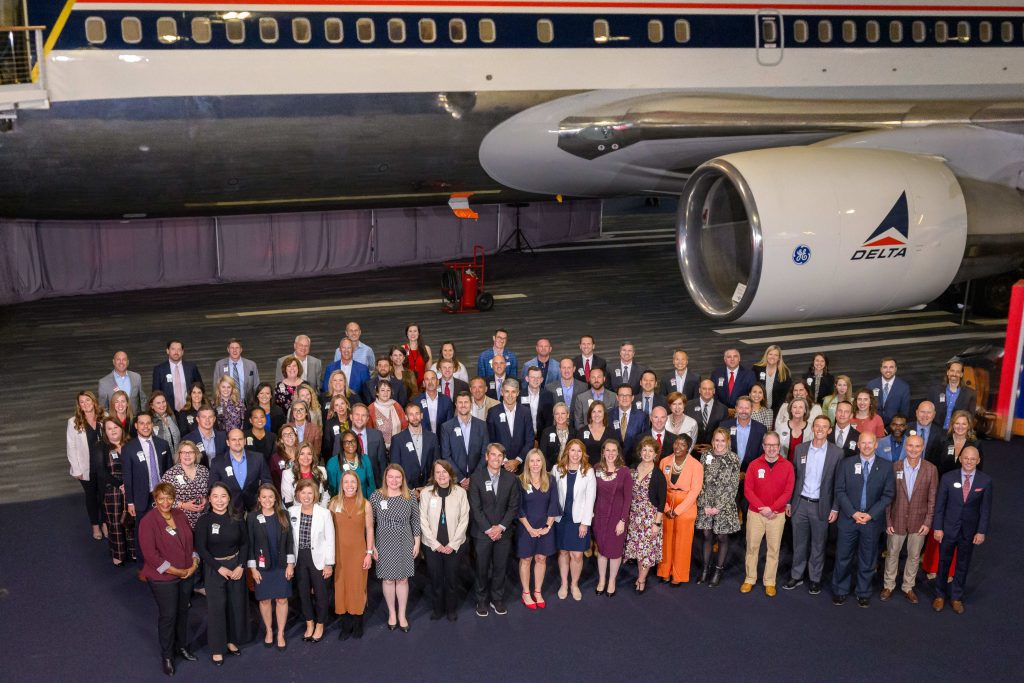Caption: Blessed Trinity’s #6 Ryan Davis scored against Hart County during the second quarter of high school football in Roswell, GA, on September 16, 2016. [NIKON D5, 120.0-300.0 mm f/2.8, Mode = Aperture Priority, ISO 102400, 1/1250, ƒ/5.6, (35mm = 440)]
Introduction:
As a sports photographer, capturing the thrilling moments of a football game is both an art and a science. To produce winning shots that truly encapsulate the essence of the game, it’s essential to focus on three critical elements: the players’ expressions, the ball, and the intense competition. In this blog post, we’ll delve into each of these elements and provide valuable insights on how to master the craft of football photography.
- Expressions of the Players: One of the most captivating aspects of football photography is the ability to freeze the raw emotions and words of the athletes in the heat of the game. Whether it’s the determined look of a quarterback scanning the field or the jubilant celebration of a wide receiver after scoring a touchdown, these expressions convey the passion and intensity of the sport. To capture these moments, position yourself strategically on the field. Many photographers prefer the endzones, as they offer a unique perspective. When covering a specific team, try to face them so you can capture their expressions both on offense and defense. By doing so, you’ll be able to tell a compelling story through your photos.
- The Ball: The football itself is a crucial element in football photography. It’s not just an object; it’s the heart of the game. Pay attention to the ball’s movement and interaction with the players to create dynamic and impactful shots. When shooting from the endzones, you can precisely capture the trajectory of passes, receptions, and interceptions. Zoom in on the ball, ensuring it’s in sharp focus. These shots excite your portfolio and help viewers follow the game’s flow.
- The Competition: Football is a sport defined by competition and rivalry. The fierce battles between teams, the tackles, and the moments of triumph and defeat are all essential components of the game. To convey the intensity of the competition, anticipate where the action will unfold. This requires a deep understanding of the teams you’re covering and the plays they tend to run. Top sports photographers don’t merely react to the action; they anticipate it. Knowing the players, their strategies, and the game’s dynamics allows you to position yourself for those game-changing moments.
Technical Tips for Success:
Now that we’ve explored the three key elements let’s discuss some technical tips to enhance your football photography:
- ISO Settings: Don’t be afraid to increase your ISO settings to freeze the action effectively, especially in low-light conditions. Modern editing software like Lightroom, DXO PureRAW 3, and Topaz Photo AI can help reduce noise, ensuring your shots remain crisp and clear.
- Arrive Early: Arriving early to the event allows you to set up correctly, get a custom white balance, and adjust it as the lighting conditions change, especially during night games.
- Shutter Speed: Use fast shutter speeds, such as 1/2000 or 1/4000 during daylight games, to capture sharp and dynamic images. A faster shutter speed helps freeze the action, preventing motion blur.


I prefer standing in the endzone using longer lenses, like 400mm to 600mm [see photo on left]. You can stand as well and most likely will have to unless the team is in the red zone with shorter focal lengths like 200mm or 300mm lenses [see photo on the right].
Conclusion:
Football photography is an exhilarating endeavor that combines artistry and technical skill. By focusing on the players’ expressions, the ball, and the fierce competition, you can create images that truly encapsulate the essence of the game. Remember to be technically prepared, anticipate the action, and arrive early to capture those winning shots that will leave a lasting impression on your audience. With dedication and practice, you can become a master of football photography, telling the captivating stories of the gridiron through your lens.















































